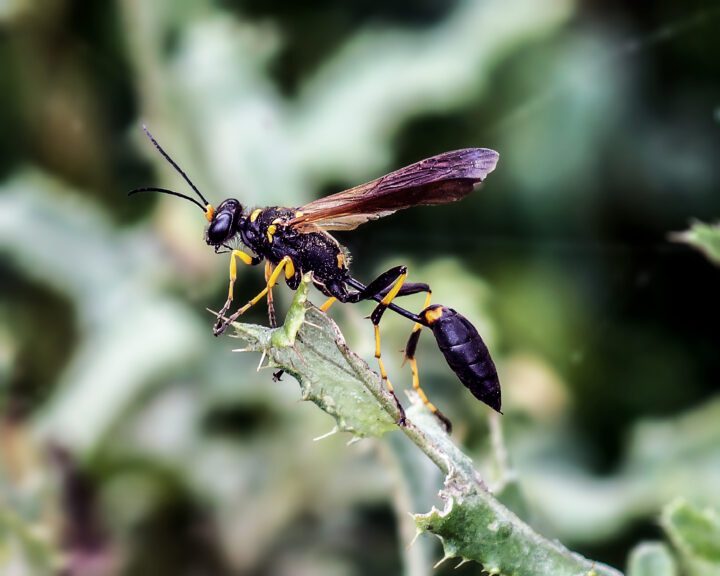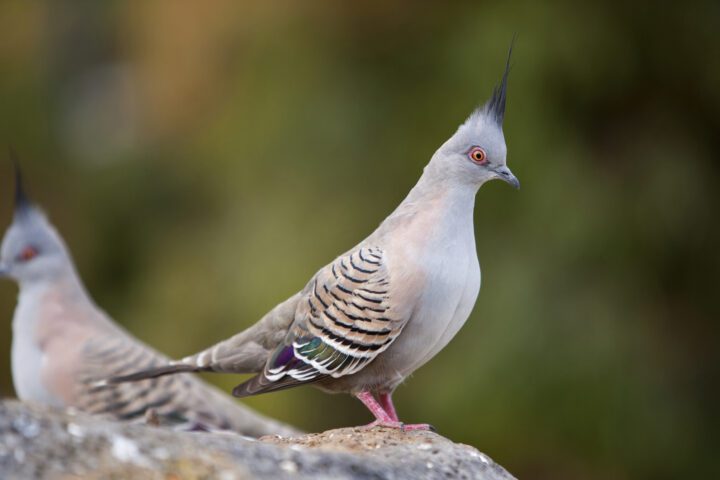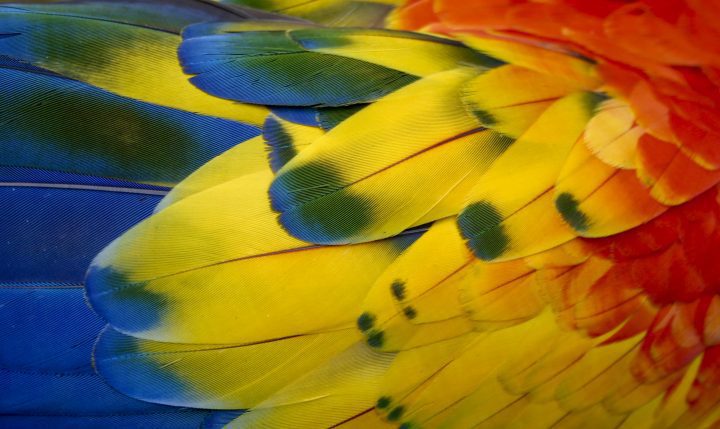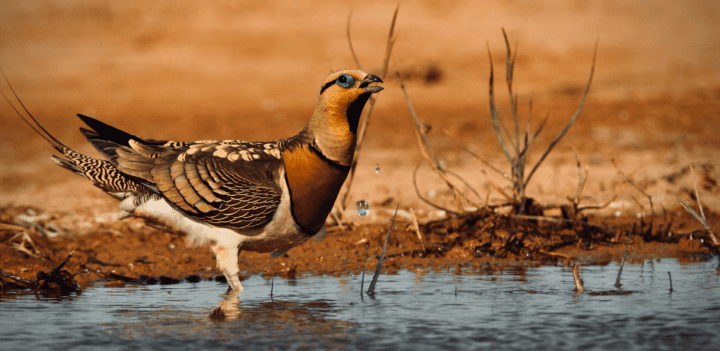Prevent Fracture/Rupture
High force impact or stress can cause materials that comprise living systems to separate into two or more pieces (called fracturing) or to break or burst suddenly (called rupturing). For example, a scallop prevents structural failure from fracture because its shell is comprised of two materials of varying stiffness. When a crack moves from the scallop’s stiff material to the less stiff one, the latter reduces the force at the tip of the crack, thereby stopping it from spreading farther.
Modify Material Characteristics
The materials found in living systems are variable, yet often made from the same basic building blocks. For example, all insect exoskeletons consist of a material called chitin. Because material resources are limited, each material within or used by a given living system must frequently serve multiple purposes. Therefore, living systems have strategies to modify materials’ softness, flexibility, and other characteristics. To ensure survival, the benefits of these modifications must outweigh the living system’s energy and material expenditure to generate them. For example, spiders store the liquid components of spider silk in a gland, converting them into silk thread when needed. Some threads have different characteristics, such as elasticity and UV reflectance, than others.
Chemically Break Down Organic Compounds
The vast majority of biochemical assembly and breakdown processes–even by the most complex organisms–occur within cells. In fact, cells are able to perform hundreds, even thousands of chemical transformations at the same time under life-friendly conditions (ambient temperature and pressure in an aqueous environment). Part of the reason that decomposition reactions (chemical breakdown) can occur under such mild conditions is because most often, they occur in a stepwise, enzyme-mediated fashion, sipping or releasing small amounts of energy at each step. For example, the breakdown of glucose to pyruvate–and the release of energy–occurs in the 10-step enzyme catalyzed process of glycolysis.
Protect From Microbes
In living systems, microbes play important roles, such as breaking down organic matter and maintaining personal and system health. But they also pose threats. Bacteria can be pathogens that cause diseases. Some bacteria create colonies called biofilms that can coat surfaces, reducing their effectiveness–for example, inhibiting a leaf’s ability to photosynthesize. Living systems must have strategies for protecting from microbes that cause disease or become so numerous that they create an imbalance in the system. At the same time, living systems must continue living in harmony with other microbes. Some living systems kill microbes. Others repel without killing to reduce the chances that microbes will adapt to the lethal strategy and become resistant to it. For example, some pea seedlings exude a chemical that inhibits biofilm buildup.
Protect From Animals
Animals–organisms that range from microscopic to larger than a bus–embody a wide variety of harms to living systems, including other animals. They threaten through predation, herbivory, defense, and parasitism, and they compete for resources such as water, nutrients, and space. Any given living organism commonly faces threats from a variety of animals, requiring strategies that effectively defend from each. Trout and other bony fish, for example, escape predators by having scales made of very thin, flake-like pieces of bone covered with slippery mucus. They also have behavioral strategies such as camouflage, fast swimming, and twisting and turning to achieve release from a predator’s grip.





